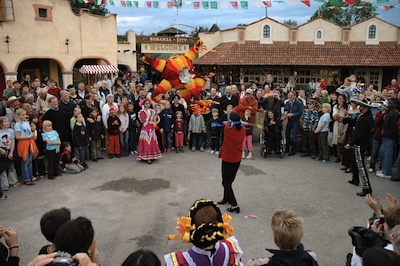The blind geoscientist
/Last time I wrote about using randomized, blind, controlled tests in geoscience. Today, I want to look a bit closer at what such a test or experiment might look like. But before we do anything else, it's worth taking 20 minutes, or at least 4, to watch Ben Goldacre's talk on the subject at Strata in London recently:
How would blind testing work?
It doesn't have to be complicated, or much different from what you already do. Here’s how it could work for the biostrat study I mentioned last time:
- Collect the samples as normal. There is plenty of nuance here too: do you sample regularly, or do you target ‘interesting’ zones? Only regular sampling is free from bias, but it’s expensive.
- Label the samples with unique identifiers, perhaps well name and depth.
- Give the samples to a disinterested, competent person. They repackage the samples and assign different identifiers randomly to the samples.
- Send the samples for analysis. Provide no other data. Ask for the most objective analysis possible, without guesswork about sample identification or origin. The samples should all be treated in the same way.
- When you get the results, analyse the data for quality issues. Perform any analysis that does not depend on depth or well location — for example, cluster analysis.
- If you want to be really thorough, the disinterested party to provide depths only, allowing you to sort by well and by depth but without knowing which wells are which. Perform any analysis that doesn’t depend on spatial location.
- Finally, ask for the key that reveals well names. Hopefully, any problems with the data have already revealed themselves. At this point, if something doesn’t fit your expectations, maybe your expectations need adjusting!
Where else could we apply these ideas?
- Random selection of some locations in a drilling program, perhaps in contraindicated locations
- Blinded, randomized inspection of gathers, for example with different processing parameters
- Random selection of wells as blind control for a seismic inversion or attribute analysis
- Random selection of realizations from geomodel simulation, for example for flow simulation
- Blinded inspection of the results of a 'turkey shoot' or vendor competition (e.g. Hayles et al, 2011)
It strikes me that we often see some of this — one or two wells held back for blind testing, or one well in a program that targets a non-optimal location. But I bet they are rarely selected randomly (more like grudgingly), and blind samples are often peeked at ('just to be sure'). It's easy to argue that "this is a business, not a science experiment", but that's fallacious. It's because it's a business that we must get the science right. Scientific rigour serves the business.
I'm sure there are dozens of other ways to push in this direction. Think about the science you're doing right now. How could you make it a little less prone to bias? How can you make it a shade less likely that you'll pull the wool over your own eyes?









 Except where noted, this content is licensed
Except where noted, this content is licensed